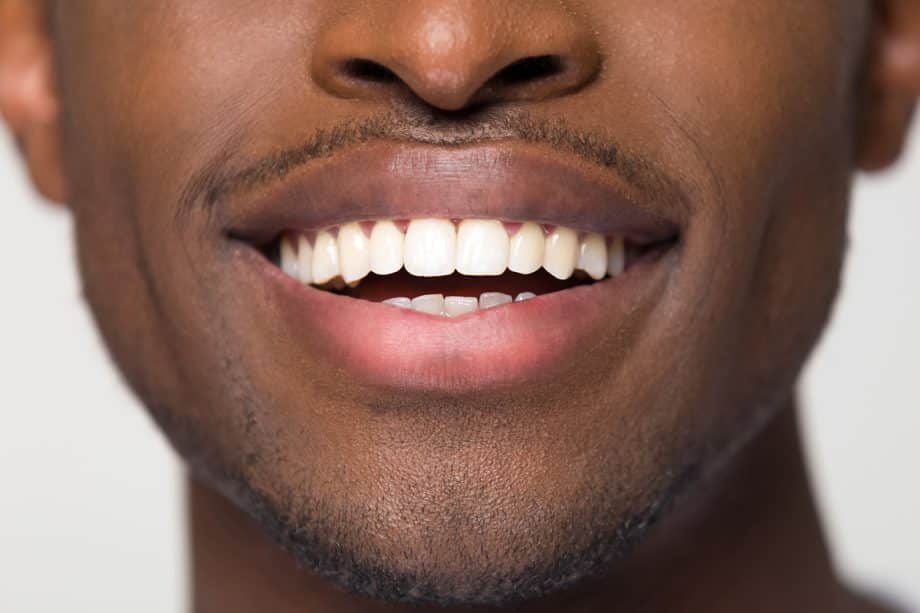In addition to straight teeth, most people want pearly white teeth. Thankfully, there are several options for teeth whitening that are safe and effective for most dental patients. Whether you are preparing for a big event like prom or a wedding or simply want a bright smile, here's how teeth whitening works.
The Chemistry of Teeth Whitening
Tooth whitening lightens the shade of a tooth. Teeth whitening can involve the physical removal of the stain or a chemical reaction to lighten the tooth color. Bleaching is the chemical breakdown of the chromogens. Most whitening products use hydrogen peroxide (H2O2), the active ingredient, which is delivered either as hydrogen peroxide or carbamide peroxide. Carbamide peroxide is a stable chemical complex that breaks down in contact with water and releases hydrogen peroxide. Since carbamide peroxide releases hydrogen peroxide, the chemistry of most tooth-whitening products ends up being hydrogen peroxide.
Options for Teeth Whitening
Several options are available when it comes to teeth whitening:
- Toothpastes: Whitening toothpastes often contain abrasives and detergents to remove stains, but they don't contain bleach. Some whitening toothpastes contain low concentrations of hydrogen peroxide or carbamide peroxide. Whitening toothpastes typically have the ability to lighten tooth color by approximately one or two shades.
- Over The Counter Whitening Strips and Gels: Whitening strips deliver a thin layer of peroxide gel on plastic strips crafted to fit onto the teeth surfaces. Teeth whitening can be seen after several days of treatment, and this method can lighten the teeth by one or two shades.
- Tray-Based Teeth Whiteners: These at-home whitening systems are available both professionally and over the counter. This method involves the use of a fitted tray containing carbamide peroxide-bleaching gel worn for 2 to 4 hours a day or overnight. When following the manufacturer's instructions, tooth whitening is noticeable in a few days, typically lightening the teeth by one or two shades.
- In-Office Whitening: Quicker teeth whitening can be achieved through in-office whitening because professional products deliver higher concentrations of peroxide than those available over the counter. As such, gum tissues are usually protected before the agent is applied. Lasers or light-activated systems are sometimes used with professional whitening systems to increase the results or make the product work faster. With in-office whitening, tooth-lightening results are seen after a single 30- to 60-minute treatment. Additionally, more dramatic results can be obtained with more applications.
Frequently Asked Questions About Teeth Whitening
Is Teeth Whitening Safe?
Unfortunately, many individuals believe that teeth whitening isn't safe, which couldn't be farther from the truth. Professional teeth whitening is very safe. But it's imperative to understand that overdoing it can be harmful. The protective enamel layer of the teeth is temporarily stripped away during the whitening process, which, if overdone, can be detrimental to the teeth in the long run.
Is Sensitivity Normal with Teeth Whitening?
Teeth whitening can sometimes cause minor sensitivity during and after the whitening procedure. Teeth whitening products contain peroxide, which strips the enamel. When the enamel is stripped of the stains, the teeth become more vulnerable, causing temporary sensitivity to hot or cold items to occur.
Learn More About Teeth Whitening at Belmont Family Dentistry
At Belmont Family Dentistry, we know the benefits of having a bright, white smile and take pride in helping our patients achieve their desired results. If you are ready to laugh freely and reveal your pearly whites, let us take the next step with you. Contact us today at 617-484-1760, or request an appointment online.


